There are several ways to prevent hard crust on brownies. Adjusting the baking temperature and time, using the right type of pan, and adjusting the baking ingredients can all help to prevent a hard crust.
In this article, we’ll explore some of the most effective methods for keeping your brownies soft and chewy, so you can enjoy every last bite.
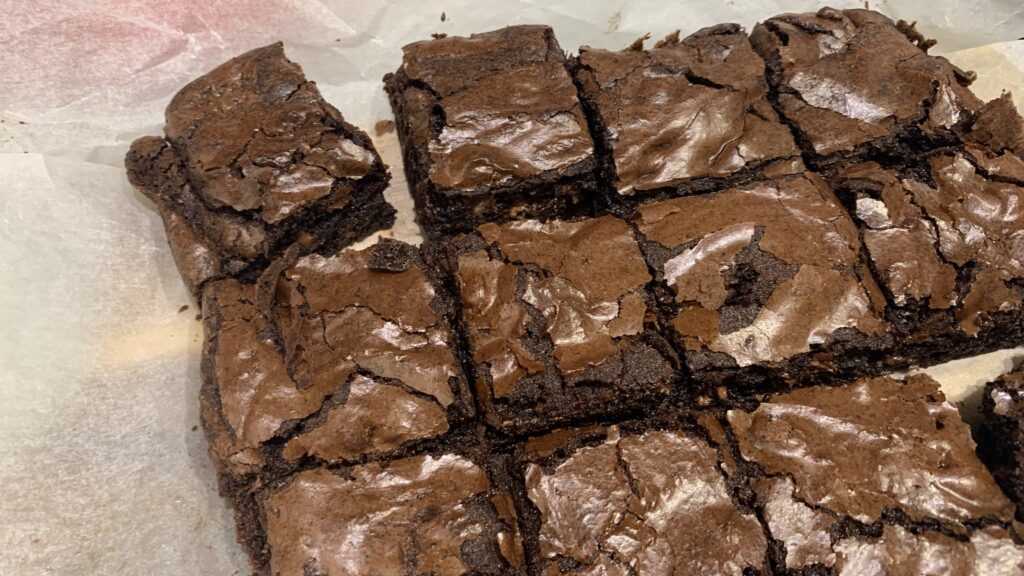
Causes of a hard crust on brownies
Check out the top causes of a hard crust on brownies.
1. Over-baking the brownies
One of the most common causes of a hard crust on brownies is overbaking them. When brownies are left in the oven for too long, the edges and top can become dry and hard. To prevent this from happening, it is important to keep a close eye on your brownies as they bake.
2. Using the wrong type of pan
The type of pan you use to bake your brownies can also affect the texture of the crust. A dark-colored or non-stick pan can cause the edges to become too crispy.
On the other hand, a glass or light-colored pan can lead to a softer crust. A metal pan with a light-colored interior will usually achieve the best results. The brownies will cook through evenly and the center will be cooked before the edges go hard.
3. Not using enough fat
Fat plays an important role in the texture of brownies. If you don’t use enough fat, the brownies can become dry and hard. Make sure to use the amount of butter or oil called for in the recipe to achieve the right texture.
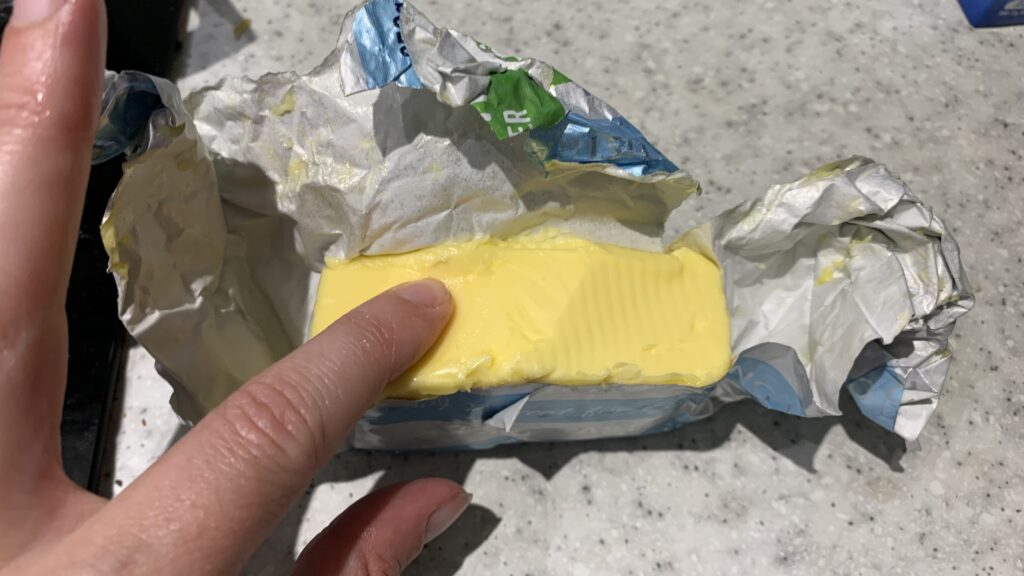
4. Not using enough liquid
Another common cause of hard crust on brownies is not using enough liquid. Liquid helps to keep the brownies moist and prevents them from becoming too dry. If your recipe calls for water or milk, make sure to use the recommended amount.
In summary, preventing hard crust on brownies requires attention to detail and careful monitoring during the baking process. By using the right type of pan, using enough fat and liquid, and avoiding over-baking, you can achieve perfect, soft brownies every time.

4 Ways to prevent a hard crust on brownies
Here are things that you can do to stop your brownies from getting a hard crust.
1. Use a metal pan
One of the most important things that you can do to prevent a hard crust from forming on your brownies is to use the right type of pan. A metal pan with a light-colored surface will reflect heat more evenly, which can help to prevent the edges from becoming overcooked.
Avoid using dark-colored or non-stick pans, as these can absorb more heat and cause the edges of the brownies to become hard.
2. Add more fat
Another way to stop a hard crust from forming on your brownies is to add more fat to the batter. This can help to keep the edges of the brownies moist and prevent them from becoming overcooked. You can use butter, oil, or even sour cream to add more fat to your brownie batter.
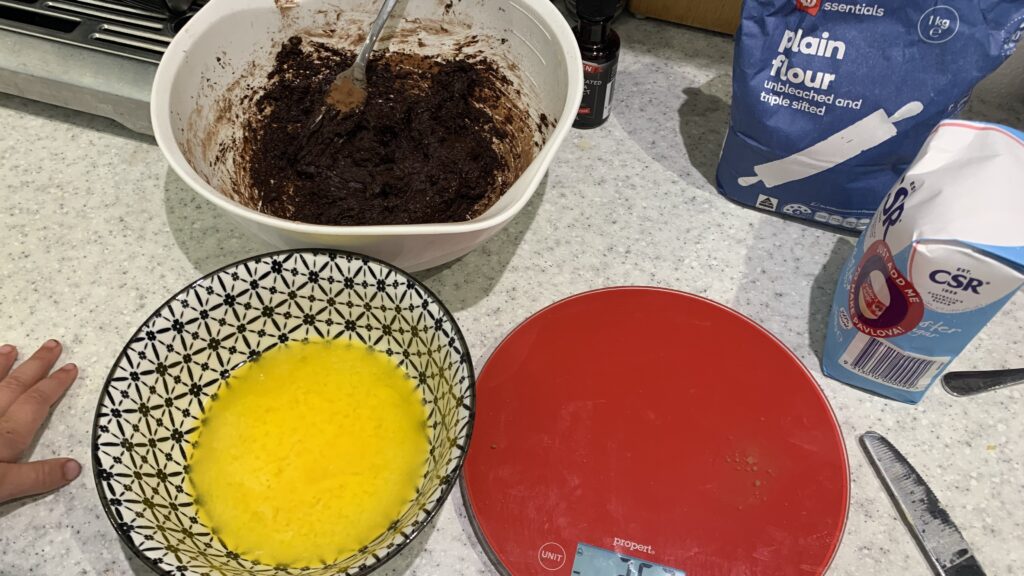
3. Add more liquid
You can also add more liquid to your brownie batter to prevent a hard crust from forming. This can help to keep the edges of the brownies moist and prevent them from becoming overcooked. You can use water, milk, or even coffee to add more liquid to your brownie batter.

4. Cover the brownies while baking
Prevent a hard crust from forming on your brownies by covering them while they are baking. This can help to trap moisture inside the pan and prevent the edges of the brownies from becoming overcooked.
You can cover your brownies with aluminum foil or a lid during the last 10-15 minutes of baking to prevent a hard crust from forming.
Preventing a hard crust from forming on your brownies is all about keeping the edges moist and preventing them from becoming overcooked. By using the right type of pan, adding more fat and liquid to your batter, and covering the brownies while they are baking, you can enjoy delicious, moist brownies every time.
Tips for perfect brownies every time
When it comes to making perfect brownies, there are a few things to try at home.
Using high-quality ingredients
The quality of your ingredients can make a big difference in the final outcome of your brownies. Using high-quality chocolate, cocoa powder, and vanilla extract can give your brownies a rich, complex flavor.
t’s also important to use fresh ingredients, as old or stale ingredients can affect the texture and flavor of your brownies. Make sure your flour, cocoa and butter are all within their expiration date.
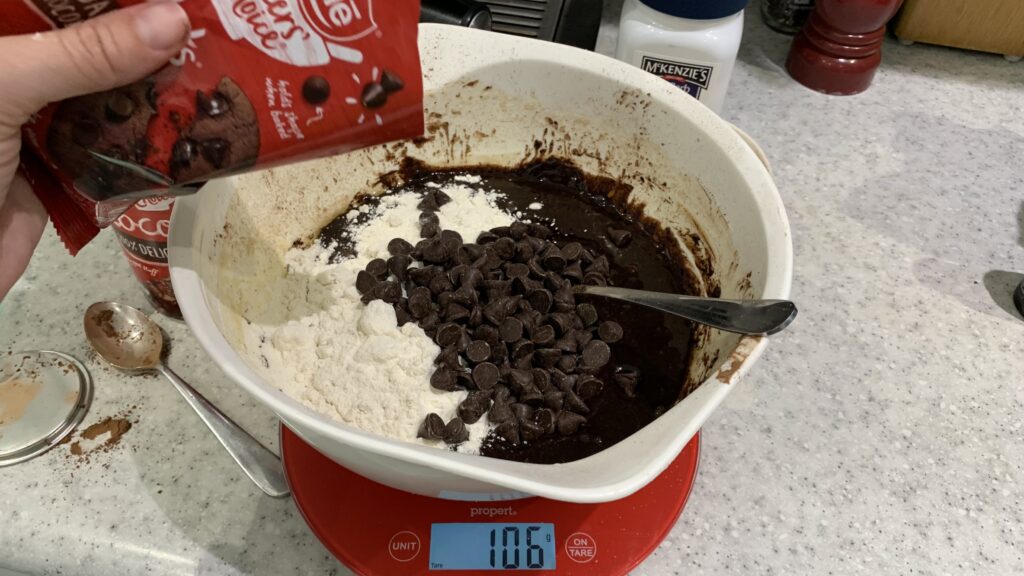
Measure the ingredients accurately
Measuring your ingredients accurately is crucial for achieving the right texture and consistency in your brownies. Use a kitchen scale to weigh your ingredients whenever possible, as this can provide the most accurate measurements.
If you don’t have a scale, be sure to use measuring cups and spoons that are level and not packed tightly.
Mix the batter properly
Mixing your brownie batter properly is key to achieving the right texture. Be sure to mix your ingredients thoroughly, but avoid over-mixing, as this can cause your brownies to become tough and dry.
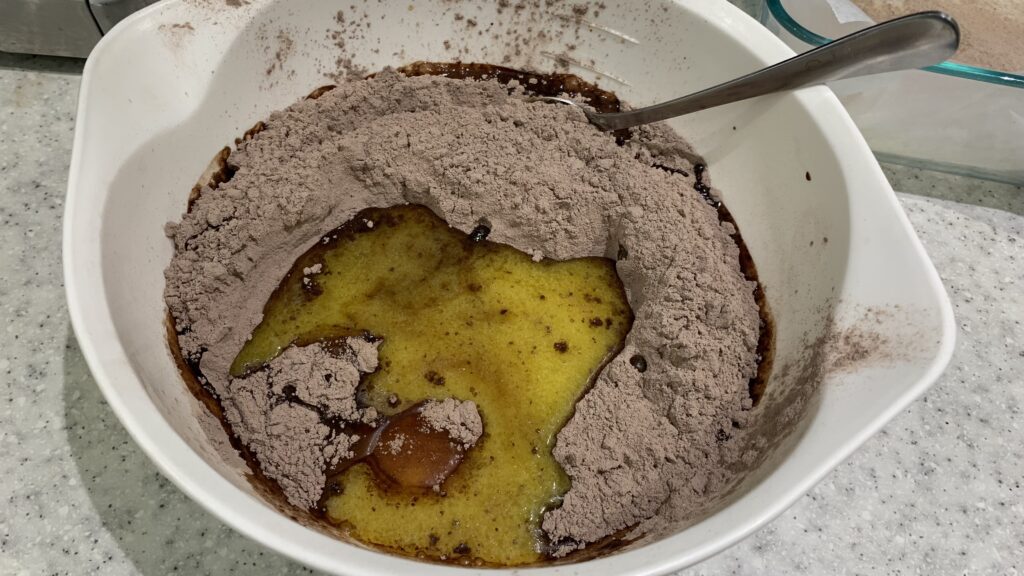
When adding flour, mix it in gently until just combined, as over-mixing can cause the gluten to develop too much, resulting in a tough crust.
Bake them at the right temperature
Baking your brownies at the right temperature is crucial for achieving the right texture and avoiding a hard crust. Be sure to preheat your oven to the correct temperature before baking, and avoid opening the oven door too often while your brownies are baking. Over-baking your brownies can also cause them to become dry and hard, so be sure to check them regularly and remove them from the oven as soon as they are fully cooked.
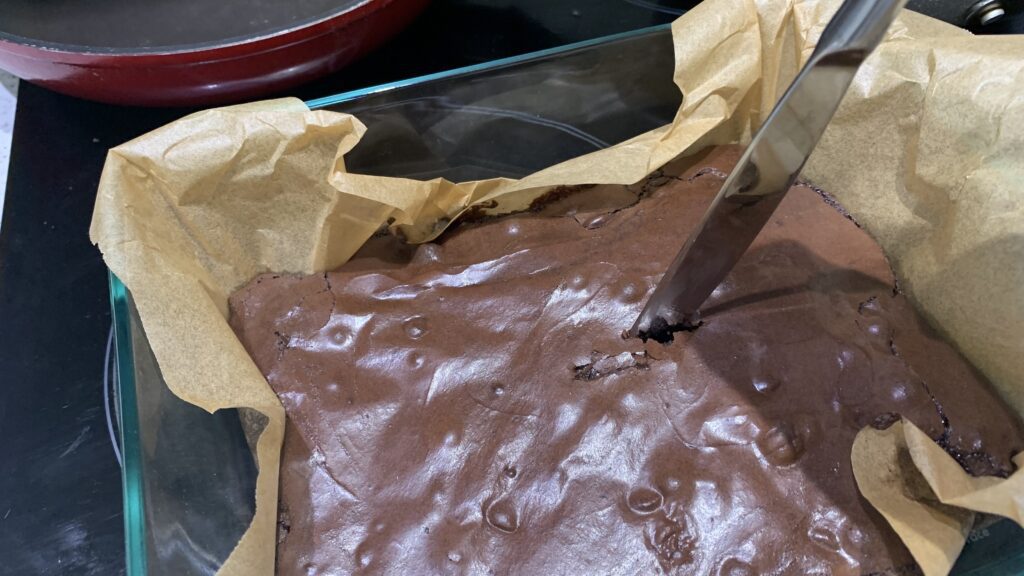
By following these tips, you can ensure that your brownies come out perfectly every time. With a little practice and attention to detail, you can make brownies that are fudgy, moist, and delicious, with a soft, chewy crust that’s just right.
Frequently Asked Questions
What type of pan is best for preventing hard crust on brownies?
The type of pan you use can have a significant impact on the texture of your brownies. Non-stick metal pans are the best option for preventing a hard crust on brownies. Glass and ceramic pans tend to heat unevenly and can cause the edges to overcook, resulting in a hard crust. Additionally, using a lighter-colored pan can help prevent burning and overcooking.
How can I prevent brownies from becoming hard overnight?
To prevent brownies from becoming hard overnight, make sure to store them properly. Once cooled, wrap the brownies tightly in plastic wrap or aluminum foil and store them in an airtight container. You can also place a slice of bread or a damp paper towel in the container to help keep the brownies moist.
What could be causing my brownies to burn on the edges and remain raw in the middle?
There are a few possible reasons why your brownies may be burning on the edges and remaining raw in the middle. One common cause is using the wrong size pan. If the pan is too small, the brownies will be too thick and may not cook evenly. Another possible cause is inaccurate oven temperature. Make sure to preheat your oven and use an oven thermometer to ensure that the temperature is correct.
What can I do to prevent my brownies from burning on top?
To prevent brownies from burning on top, you can cover the pan with aluminum foil during the last 10-15 minutes of baking. You can also reduce the oven temperature slightly and increase the baking time to ensure that the brownies cook evenly.
Why do brownies sometimes have a hard crust around the edges?
Brownies can develop a hard crust around the edges if they are overcooked or if the pan is too small. The edges of the brownies tend to cook faster than the center, so it’s important to use the correct size pan and to keep an eye on the baking time.
How can I ensure that my brownies cook evenly and don’t develop a hard crust on top?
To ensure that your brownies cook evenly and don’t develop a hard crust on top, make sure to use the correct size pan and to preheat your oven. You can also rotate the pan halfway through baking to ensure even cooking. Additionally, using parchment paper to line the pan can help prevent the brownies from sticking and developing a hard crust.
I am an accredited practicing dietitian, experienced gardener and a dedicated cook. I love writing and sharing my experience so you can learn from my successes and mistakes.
